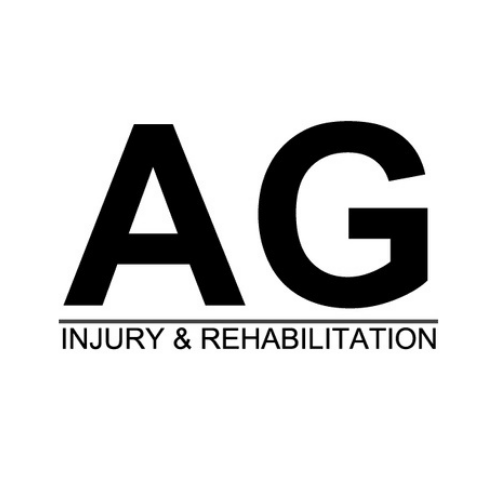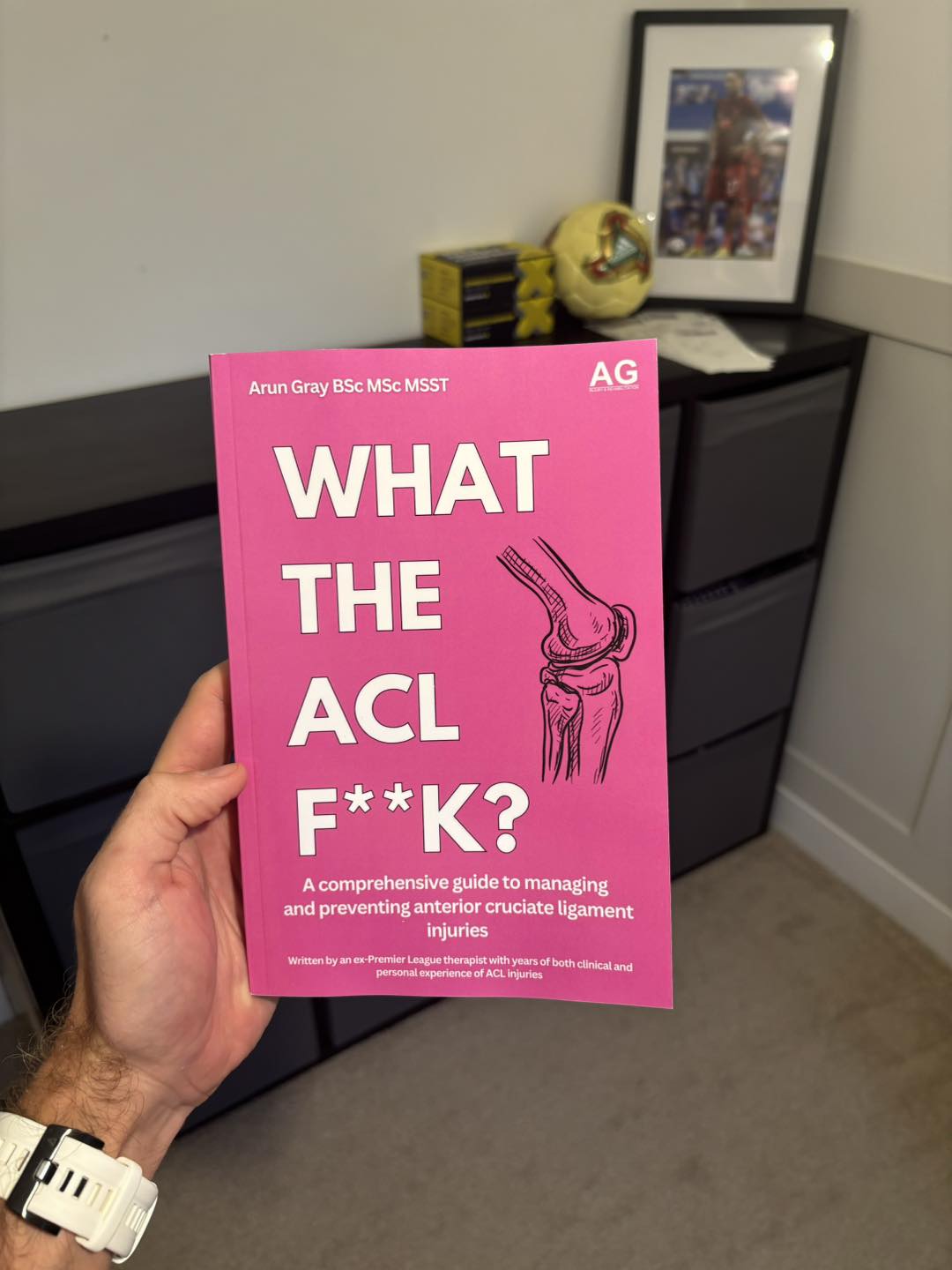Every 24 hours, approximately 100 Americans tear their anterior cruciate ligament (ACL), yet most people don't understand how this crucial knee stabilizer works until it fails. This tiny but mighty ligament, measuring just 31-38 millimeters in length, plays a vital role in keeping our knees stable during everything from daily activities to high-intensity sports.
Despite modern advances in sports medicine and training techniques, ACL injuries continue to sideline athletes and active individuals at an alarming rate. Understanding the causes and mechanisms of these injuries has become crucial, especially since 70% of ACL tears occur without any direct contact to the knee.
Anatomy of the ACL and Its Role in Knee Stability
The anterior cruciate ligament (ACL) stands as one of four main ligaments in the knee joint, forming a strong connection between the femur and tibia. This band-like tissue measures 31-38 millimeters in length and 10-12 millimeters in width, making it substantial enough to handle significant forces during movement.
The ACL's primary job is to stop the tibia from sliding too far forward relative to the femur, a motion known as anterior tibial translation. It also helps control rotational movement at the knee joint, working alongside other structures to maintain stability during physical activities.
When you run, jump, or make quick direction changes, your ACL acts as a natural brake system. It limits excessive forward movement and rotation of the lower leg, helping you stay balanced and coordinated. This becomes especially important during sports and high-intensity activities where rapid movements are common.
The ligament's position inside the knee joint allows it to work with other structures like the posterior cruciate ligament (PCL) and collateral ligaments. Together, these tissues create a network that keeps the knee functioning properly during both everyday activities and athletic movements.
Common Mechanisms of ACL Injury
Most ACL tears (70%) happen without direct contact to the knee. Athletes often experience these injuries during quick movements that put stress on the knee joint. Sudden stops and direction changes while running, especially with a planted foot, rank among the most frequent causes of ACL knee injury.
Pivoting movements create particular risks for the ACL. When an athlete plants their foot and twists their body, the force can overload the ligament beyond its strength limits. This motion commonly occurs in sports like basketball, soccer, and football.
Landing incorrectly from jumps puts the ACL at high risk, particularly when the knee is straight or turned inward. Athletes who land with their knees caving in (valgus position) face increased chances of ligament tears.
Direct contact injuries make up about 30% of ACL tears. These typically occur from side impacts to the knee or when players collide during sports activities. Such blows can force the knee into unnatural positions, causing the ligament to stretch or snap.
High-Risk Sports and Activities
Sports that demand quick stops, direction changes, and jumping put athletes at higher risk for ACL tears. Soccer players face significant risks during rapid cuts and turns on the field. Basketball athletes often stress their ACLs while landing from jumps or making sharp direction changes on the court.
Football brings its own set of ACL injury risks through player contact and sudden stops. Skiing adds another layer of danger, as the fixed position of boots on skis can force knees into damaging positions during falls or awkward landings.
The combination of speed and agility needed in volleyball makes it another high-risk sport. Players repeatedly jump and land while moving across the court, putting strain on their knee ligaments. Rugby and netball athletes also face elevated risks due to their sports' physical nature and movement patterns.
Non-contact injuries dominate in activities requiring sudden directional shifts. These movements stress the ACL beyond its capabilities, particularly when athletes change speed or direction without proper form. Understanding these risks helps players and coaches focus on prevention strategies suited to their specific sport.
Biomechanical Factors Contributing to ACL Injuries
The way our bodies move during sports and exercise can put the ACL at risk. When the knee turns inward while bearing weight, it creates a valgus load - a force that pushes the knee toward the body's midline. This movement, combined with forward sliding of the tibia and internal rotation, sets up perfect conditions for an ACL knee injury.
Body position plays a key role in injury risk. When athletes lean their trunk to one side while moving, it increases sideways forces at the knee joint. Limited rotation through the core, paired with the hip moving toward the body's midline, adds stress to the ACL.
The position of the hip joint directly affects knee stability. When the hip rotates inward while moving away from the body's center, it can force the knee into dangerous positions. This often happens during quick direction changes or when landing from jumps with poor form.
These movement patterns become more risky during fatigue, when proper form breaks down. Athletes who maintain good alignment between their hips, knees, and ankles throughout activity face lower injury risks than those who let their form slip.
Risk Factors for ACL Injuries
Female athletes face higher ACL tear risks than their male counterparts due to several physical differences. Women typically show wider hips and different knee alignment patterns, which can place added stress on the knee ligaments during sports movements.
Body structure variations affect injury chances significantly. People with a lower body mass index (BMI) often show increased risk of non-contact ACL tears. The shape of the notch where the ACL sits in the knee joint also matters - a narrower notch might restrict ligament movement and lead to tissue damage.
Muscle strength differences between the front and back of the thigh create injury risks. When hamstrings are weaker than quadriceps, the knee lacks balanced support during movement. This imbalance often shows up in athletes who focus too much on building front leg muscles while neglecting the back.
Past knee injuries, especially previous ACL tears, raise the odds of future joint problems. Athletes who return to sports after an ACL repair need careful monitoring, as the opposite knee often faces increased strain while compensating for the injured side. Their movement patterns might change to protect the repaired knee, creating new stress points.
Non-Contact vs. Contact ACL Injuries
ACL tears happen in two main ways: without physical contact (70% of cases) and through direct impact (30% of cases). Non-contact tears often occur when athletes move in ways that strain the knee beyond its limits, such as when changing direction quickly or landing awkwardly from jumps.
Sports like basketball and soccer see more non-contact injuries because players make frequent stops and starts. A typical scenario involves planting the foot firmly while shifting direction at high speed. Poor landing form during jumps also leads to these injuries in sports, particularly when athletes land with straight knees or let their knees cave inward.
Contact injuries result from direct hits to the knee, often during tackles or collisions in sports like football. These impacts can push the knee joint into positions that tear the ligament. Side impacts prove especially dangerous, as they can force the knee sideways while the foot stays planted.
The higher rate of non-contact injuries points to the importance of proper movement patterns and training. Athletes who learn correct techniques for jumping, landing, and changing direction face lower injury risks than those who move with poor form.
Overuse and Gradual Degeneration of the ACL
Small, repeated stresses on the ACL can add up over time, leading to slow deterioration of the ligament tissue. Athletes who train intensively without proper rest periods put themselves at risk for this type of wear and tear. The constant stress from running, jumping, and quick movements can weaken the ligament's structure before any obvious symptoms appear.
Warning signs often show up before major damage occurs. Athletes might notice minor knee pain after activity, slight swelling, or a feeling of instability during certain movements. These symptoms tend to worsen gradually rather than appearing suddenly like in acute tears.
Taking breaks between training sessions allows the ligament tissue to repair itself naturally. Five ways to prevent injuries include mixing high-intensity workouts with lower-impact activities to reduce constant stress on the knee joint. Regular strengthening exercises for the muscles around the knee help protect the ACL from overuse damage.
Recovery time between workouts becomes especially important as athletes age or increase their training intensity. Proper conditioning and warm-up before activity and cool-downs afterward help maintain ligament health and prevent cumulative damage.
Long-Term Consequences of ACL Injuries
ACL tears create lasting effects that extend far beyond the initial recovery period. Research shows that roughly 50% of people who experience an ACL tear develop osteoarthritis within 10-20 years of their injury, even with successful surgery and rehabilitation.
The risk of re-injury remains significant, particularly in the opposite knee. Athletes who return to sports face up to 15 times higher chances of another ACL tear compared to those who have never had the injury. This elevated risk affects both the repaired knee and the previously uninjured one.
Athletic performance often changes after ACL reconstruction. Many athletes need to modify their playing style or reduce their intensity level. Some find they can't return to their previous competitive level, leading them to switch sports or decrease their participation.
Daily activities might require adjustments too. Simple movements like climbing stairs or squatting can become challenging. Many people report ongoing knee stiffness, especially in cold weather or after long periods of inactivity. Regular exercise and proper body mechanics help manage these long-term effects, but the knee typically requires consistent attention to maintain stability and function.
Prevention Strategies and Techniques
Training programs that combine multiple elements work best for stopping ACL tears. A strong prevention plan includes strength training, jumping exercises, balance work, and stretching routines. Research shows these programs cut ACL injury rates by up to 50% when done regularly.
Strength exercises should target the hip, thigh, and core muscles. Simple movements like squats and lunges build leg strength, while planks and side bridges improve core stability. Athletes need to practice proper form during these exercises to get the most benefit.
Landing technique plays a key role in prevention. Athletes should land softly on feet with knees bent and aligned over their toes. Practice these movements at slower speeds first, then build up to game-speed activities.
Year-round conditioning helps maintain joint stability. This includes regular warmups before activity and proper rest between training sessions. Balance exercises on one leg strengthen the small muscles around the knee that help prevent injury during quick movements.
Coaches and trainers should monitor athletes' movement patterns during practice and games. Quick corrections to poor form can stop bad habits before they lead to injuries.
The Future of ACL Injury Prevention and Management
As our understanding of ACL injuries continues to evolve, the focus increasingly shifts toward prevention rather than treatment. The combination of proper training techniques, awareness of risk factors, and early intervention has shown promising results in reducing ACL injury rates across various sports and activities. Yet, the journey toward completely preventing these devastating injuries remains ongoing.
The key to protecting your ACL lies in a proactive approach: understanding your personal risk factors, maintaining proper form during physical activities, and following a comprehensive prevention program. With continued research and improved training methods, we're getting closer to a future where ACL injuries become less frequent and more preventable.


